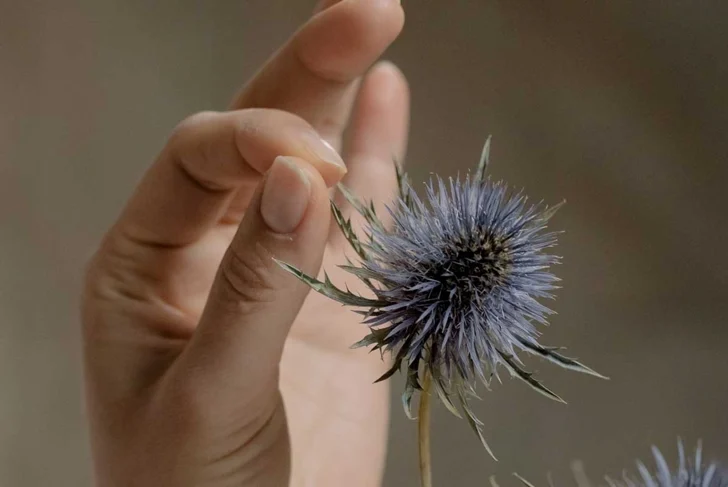Sustainable Supplements: Rethinking the Roots of Your Botanicals
In recent years, many of us have grown increasingly mindful about the food we eat—where it comes from, how it’s grown, and who grows it. We choose local produce, support organic farming, and ask tough questions about sustainability and ethics in the food chain. But when it comes to the natural supplements lining our cabinets—those herbal teas, tinctures, capsules, and powders—we often forget to ask the same questions.
Yet the botanical world, just like our food system, is deeply intertwined with the health of the planet and the livelihoods of millions. Whether it’s the echinacea you take to stave off a cold or the ashwagandha in your morning smoothie, these plants don’t appear by magic. They’re cultivated or gathered by real people, in real ecosystems, and their journey from soil to shelf has far-reaching implications.
What Are Botanicals, Really?
Botanicals refer to plants and fungi used for their therapeutic properties rather than their flavor. These aren’t the herbs you sprinkle on pasta—they’re ingredients in your wellness routine, from elderberry syrup to adaptogenic mushroom blends.
And because these products are often processed—dried, powdered, encapsulated—we lose a vital connection to their source. It’s easy to forget that they were once wildflowers in a meadow, roots dug from forest soil, or leaves plucked by hand from distant hillsides.
A Fragile Green World
Here’s a sobering truth: nearly 40% of known plant species are at risk of extinction. Meanwhile, the global trade in botanical ingredients continues to soar, generating billions in annual revenue. This rapid growth raises important questions: How are these plants sourced? Are harvesting methods sustainable? Who benefits—or suffers—from the booming industry?
Start with Curiosity
Just as we’ve learned to scrutinize our food purchases, we should bring that same awareness to our supplements. Caitlin Vliet, founder of Bonobo Botanicals, encourages consumers to be inquisitive. “Get curious about the conservation status and sourcing practices behind the plants you use—especially if they’re trendy or from faraway places,” she says. “It’s not about expecting perfection, but about looking for transparency and thoughtfulness.”
Ask yourself:
- Where was this plant grown or harvested?
- Is it cultivated using organic or regenerative practices?
- Are workers involved in its production treated and compensated fairly?
Labels like Certified Organic and Fairtrade offer some insight, but meaningful answers often come from digging a little deeper—reaching out to brands or reading up on their sourcing commitments.
Into the Wild
One of the most complex areas of the botanical trade is wild harvesting. It’s estimated that 60 to 90 percent of medicinal and aromatic plants are gathered from the wild rather than farmed. While wildcrafting can provide sustainable income and preserve traditional knowledge, it can also lead to overharvesting and ecological harm if not done responsibly.
Take American ginseng, a prized plant in herbal medicine. Unlike robust and plentiful dandelion or nettle, ginseng is highly vulnerable to overcollection and habitat loss. Without careful stewardship, such species may vanish.
Look for labels like FairWild or Forest Grown Verified, which indicate that best practices have been followed in the wild harvesting process—protecting both the environment and the communities involved.
People Behind the Plants
At the heart of this industry are people—many of whom live in rural or marginalized communities. For them, harvesting botanicals isn’t a hobby or side hustle—it’s a way of life. Responsible botanical companies recognize this and invest in ethical relationships with growers and wildcrafters.
Unfortunately, not every company plays by these rules. Low pay, dangerous conditions, and exploitation can be rampant in parts of the global botanical supply chain. But when brands partner respectfully with local communities, they create a model where both the land and the people who depend on it can thrive.
Amanda Rajsigl of Amaranth Whole Foods in Calgary says her team does the vetting for their customers. “We work closely with partners who prioritize sustainability and responsible sourcing. For every new product we carry—especially botanicals—we look at where and how the ingredients are sourced.”
The Good News? You Don’t Have to Know Everything
The world of botanical sourcing is complex, but you don’t need to be an expert to make better choices. Look for brands that are transparent about where their ingredients come from and how they’re harvested. Choose companies that are willing to answer questions and demonstrate a commitment to sustainability, biodiversity, and fair labor.
Many thoughtful producers have already done the legwork for you. Vliet, for instance, spends time researching each herb before using it in her products. “If a plant is at risk or if there are ethical concerns, I find an alternative,” she explains. That kind of intention ripples outward—from the product you take, to the soil it grew in, to the people who made it possible.
Health for You, Health for the Planet
Our pursuit of wellness shouldn’t come at the planet’s expense. After all, our health depends not just on individual remedies, but on thriving ecosystems and healthy communities. The plants that soothe our colds, calm our nerves, and boost our immunity are part of a much larger web of life.
So next time you reach for that herbal remedy, take a moment. Ask where it came from. Consider who harvested it. Think about the soil, the seasons, the forest trails—and remember that your personal wellness is part of a much bigger picture.
Because better botanicals begin with better choices. And those choices, made mindfully, have the power to nourish not just ourselves, but the world around us.

